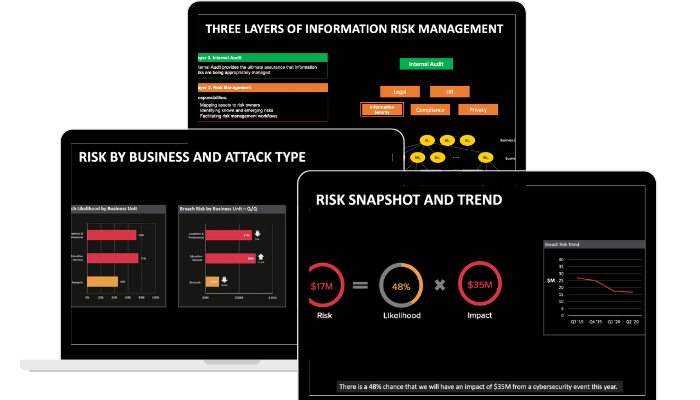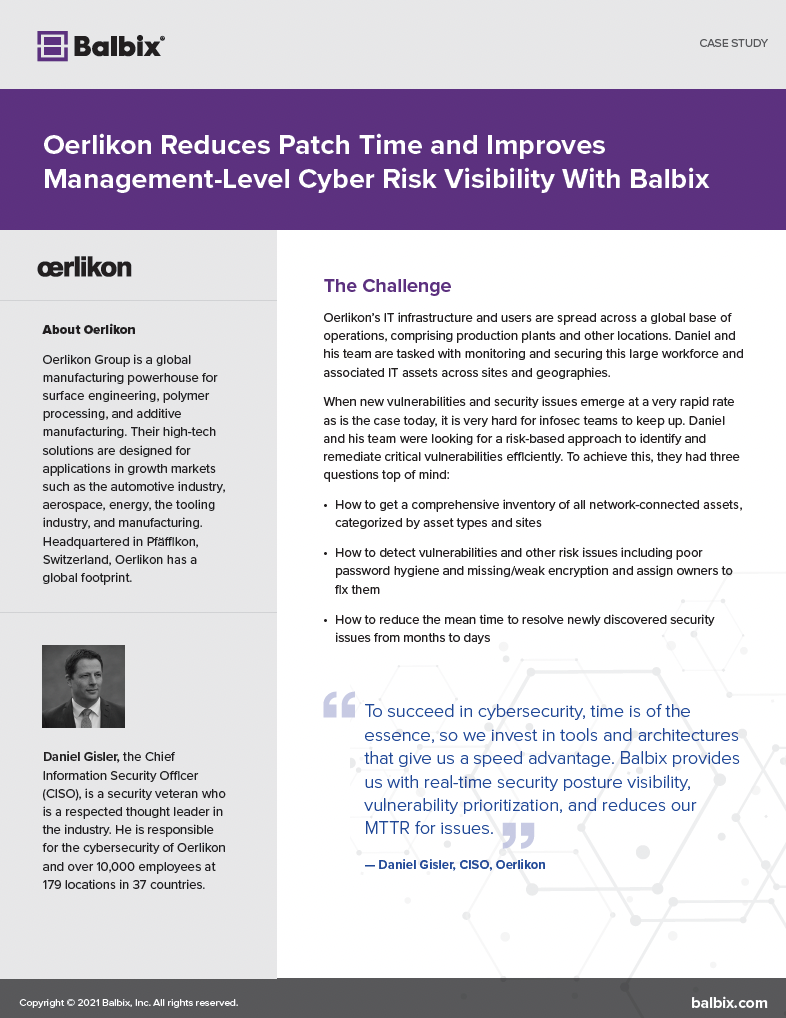Not long ago, the bulk of the network presence was made up by managed endpoints, internal applications running on servers in the data center, and a handful of network and infrastructure gear, such as routers, switches, DNS servers, and domain controllers. The enterprise attack surface was relatively contained, and trained security analysts utilized network and application scanners and other tools to identify and mitigate threats and vulnerabilities. And adversaries weren’t nearly as sophisticated as they are today.
As the attack surface exploded, so did cyber-crime. Today, the proliferation and sophistication of cyber-attacks is growing exponentially and overwhelming the teams tasked with protecting their organizations. With a multitude of ways to breach an enterprise in the attackers’ arsenal, traditional systems simply cannot keep up and analyzing and improving the enterprise cybersecurity posture is no longer a human scale problem.
Overcoming cybersecurity challenges with machine learning
Given the sheer volume of data that most organizations are trying to work through and the severe shortage of experienced security resources, enterprises are seeking out machine learning capabilities. AI and machine learning can improve security product functionality by enabling the following:
- Automatic asset discovery and inventory
- Real-time monitoring of an ever-changing cyber-risk landscape
- Analyzing tens of millions of observations to derive risk insights
- Prioritization of vulnerabilities based on business criticality and other metrics
- Quantifying cyber-risk for key decision-makers and the board
- Increased usability and efficiency by using natural language capabilities
Using machine learning in cybersecurity helps security teams get an accurate assessment of and comprehensive visibility into the enterprise cybersecurity posture and allows them to achieve improvements in security team efficiency with a significant reduction in breach risk.
Machine learning in cybersecurity
A growing number of experts believe that new technology based on machine learning and artificial intelligence is where the smart money lies when it comes to computer, network and data security. Here are three key insights from Capgemini’s Reinventing Cybersecurity with Artificial Intelligence/Machine Learning Report:
- 69% of enterprises believe AI and ML will be necessary to respond to cyberattacks.
- 61% of enterprises say they cannot detect breach attempts today without the use of AI and ML technologies.
- 48% say their budgets for AI and ML in cybersecurity will increase by an average of 29% in Fiscal Year (FY) 2020.
Transforming enterprise cybersecurity posture with machine learning
As cyberattacks grow in volume and complexity, machine learning is helping under-resourced security teams stay ahead of threats and vulnerabilities.
Machine learning based cybersecurity systems are being taught to detect viruses and malware by using complex algorithms so they can then run pattern recognition in software. They can learn how to identify even the smallest behaviors of ransomware and malware attacks before they enter your system. And they can use predictive functions that help you get ahead of the curve, far surpassing the speed and accuracy of traditional cybersecurity approaches.
Learning – AI can be trained by consuming billions of data artifacts from both structured and unstructured sources. Through machine and deep learning techniques, AI improves its knowledge to “understand” cybersecurity threats and cyber-risk in near-real-time.
Insights – AI can identify the relationships between threats, such as malicious files, suspicious IP addresses, or insiders. This leads to valuable insights with analyses that take seconds or minutes, rather than hours, weeks, or longer.
Efficiencies – AI eliminates time-consuming research tasks and provides curated analysis of risks, reducing the amount of time security analysts take to make the critical decisions and launch an orchestrated response to remediate threats.
Security – AI enables security analysts to identify the most urgent threats and respond to those first. It also allows for real-time visibility into the enterprise’s cybersecurity posture – an invaluable diagnostic and reporting tool.
The future of AI and machine learning in cybersecurity
In the future, companies will be able to rely on smart tools to handle the bulk of event monitoring and incident response. Based on machine learning, these tools will be extremely good at picking up on patterns and uncovering incidents before a human user typically could. The next generation of firewalls will have machine learning technology built into them, allowing the software to recognize patterns in web requests and automatically block those that could be a threat.
The bottom line
AI and machine learning are redefining every aspect of cybersecurity today. From improving organizations’ ability to anticipate and thwart breaches, protecting the proliferating number of threat surfaces with Zero Trust Security frameworks, or making passwords obsolete, AI and machine learning are increasingly essential to securing the perimeters of any business.
Today’s cybersecurity landscape calls for an AI-powered solution that automatically gathers and analyzes masses of inventory and threat information. With continuous and real-time visibility across the environment, responsive dashboards that guide organizations to hot spots of predicted business risk, and prioritized, actionable prescriptions for the most critical issues – all powered by AI – defenses are smarter, faster, stronger – and the enterprise is much safer.


